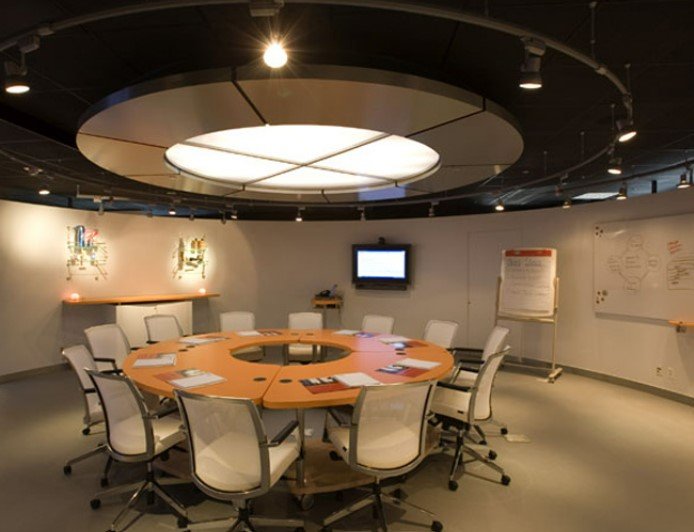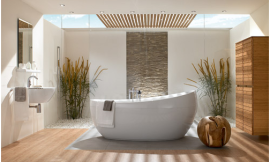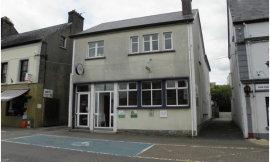If you’re interested in exhibit design, but don’t know where to start, here are some tips:
- Discover your audience and product.
- Create a creative concept.
- Develop a preliminary design.
- Find the best team to produce your idea.
You can also consult a design book for tips and tricks. These tips can help you design an attractive and practical exhibit.
Discovery phase
The discovery phase of exhibit design is the preliminary phase of the process. Many problems can initiate this phase, and a team of various sizes will typically conduct multiple research and workshop activities. This phase aims to gain insight into the problem space and reach a consensus on desired outcomes.
During this phase, a team will ask critical questions to develop a clear purpose and message. The more information you have, the better your exhibit will be. To get started, answer the Exhibit Design Planning Questions. Once you have the answers, communicate your goals, budget, timeline, and milestones. Once the team clearly understands the project’s goals, it’s time to get down to the details.
Schematic design
During the schematic design phase, you’ll work with your team to define the exhibition spaces and layouts. During this phase, you’ll create a mood board, graphic design samples, and draft interactive proposals, which will help you refine your vision and communicate it to your constituents. You’ll also begin to create an interactive proposal and develop your exhibit signage. After all, the final product of your exhibition will be a tangible representation of your work and a crucial part of your brand and mission. Your exhibit design firm can help you with this.
The first step in the schematic design process is to meet with an architect and discuss the goals of your project. Together, you’ll explore possible designs and refine them until you find one that works for you. This is a highly collaborative process, often requiring many iterations to reach a final design that works for you.
Fabrication
Once an exhibit design has been completed, fabrication of the exhibition components begins. During the process, designers and fabricators collaborate on design concepts and materials. The designers also follow an internal process to ensure the integrity of the design. Custom components are sometimes built in-house using 3D printing, CNC machining, or other production methods. The fabricators then perform the installation, typically requiring coordination with the venue, additional support staff, and a run-of-show schedule.
While wood is an appropriate material for constructing an exhibit, it is not the best choice for conservation. Oak, for example, emits corrosive vapors and has a low weight-span ratio. Furthermore, it is costly and lacks a high span-to-weight balance. Instead, fiberboard, particle-board, or plywood are better options for exhibits. Again, however, the choice of material is crucial.
Installation
After completing the initial concept, the student will work in small groups to develop joint details and explore spatial layouts. In larger groups, students will create full-scale mock-ups and detailed study models. Next, students will plan and design the spatial arrangement of three types of rectangular units and connecting elements. They will then complete the design and installation of a site-specific and demountable exhibit. During the project, students will explore how to incorporate a broader audience into their design.
The exhibition team will begin by breaking the overall exhibit design into smaller components. These smaller components will be organized by gallery area, similar case types, and interpretive content. Then, the team will select the most appropriate installation techniques. This step is essential to the overall success of the exhibit. The next phase involves building the final exhibit and installing it. The exhibit design team will also need to consult with museum staff to discuss the process and any special requirements.
Marketing
The first step in any exhibit design is to define the project. Once the exhibit’s purpose has been determined, the design team will create several concepts and provide renderings of the trade show space. Next, the exhibit owner selects the idea they prefer and provide feedback on any design direction the designer may pursue. Once the design team has determined the concept, they will give a final rendering for approval. This step should be a collaborative effort between the exhibit owner and the designer.
The next step in an exhibit design process is determining what kind of interaction visitors are likely to have. This requires deciding how visitors will engage with the artifacts. This is an essential component of experience design. This study will focus on other elements of exhibit development. During this stage, the visitor is likely to experience various feelings, which will affect how the exhibit is received. For example, the visitor will experience the exhibit differently if the museum includes an audiovisual component.



